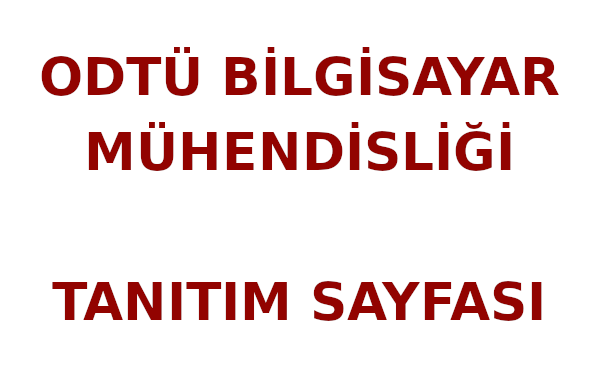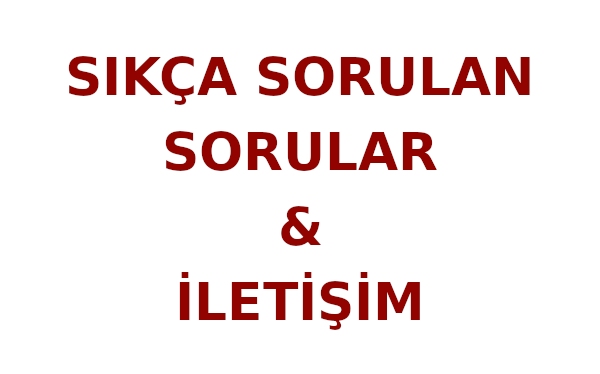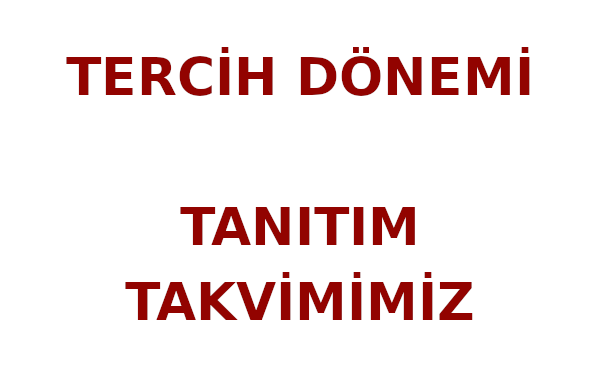Abstract
Abstract
Animal colonies exhibit highly intricate behaviours, many of which remain poorly understood or unexplored. Effectively monitoring these behaviours requires long-term tracking of a substantial proportion of the group members in their natural environments or an experimental setup. Recent advances in computer vision indicate that neural networks can reliably detect individuals within an animal colony, even in challenging environmental conditions. However, training a neural network with an error rate acceptable for scientific purposes generally requires a large amount of human-labeled training data. In this thesis, we propose an individual animal tracking framework without requiring any explicit human annotations by modifying one of the oldest semi-supervised learning methods called self-training with significant upgrades. Replacing the initial human-annotated dataset required for self-training with the unreliable object locations proposed by the Segment Anything Model (SAM), we iteratively train accurate object detectors. To demonstrate the effectiveness of our method, we conduct some comparative experiments containing our honeybee colony data and a few publicly available animal colony location datasets. The experimental results show that the object detectors trained with the proposed method can achieve scientifically satisfactory detection results without labelling any bounding boxes.



